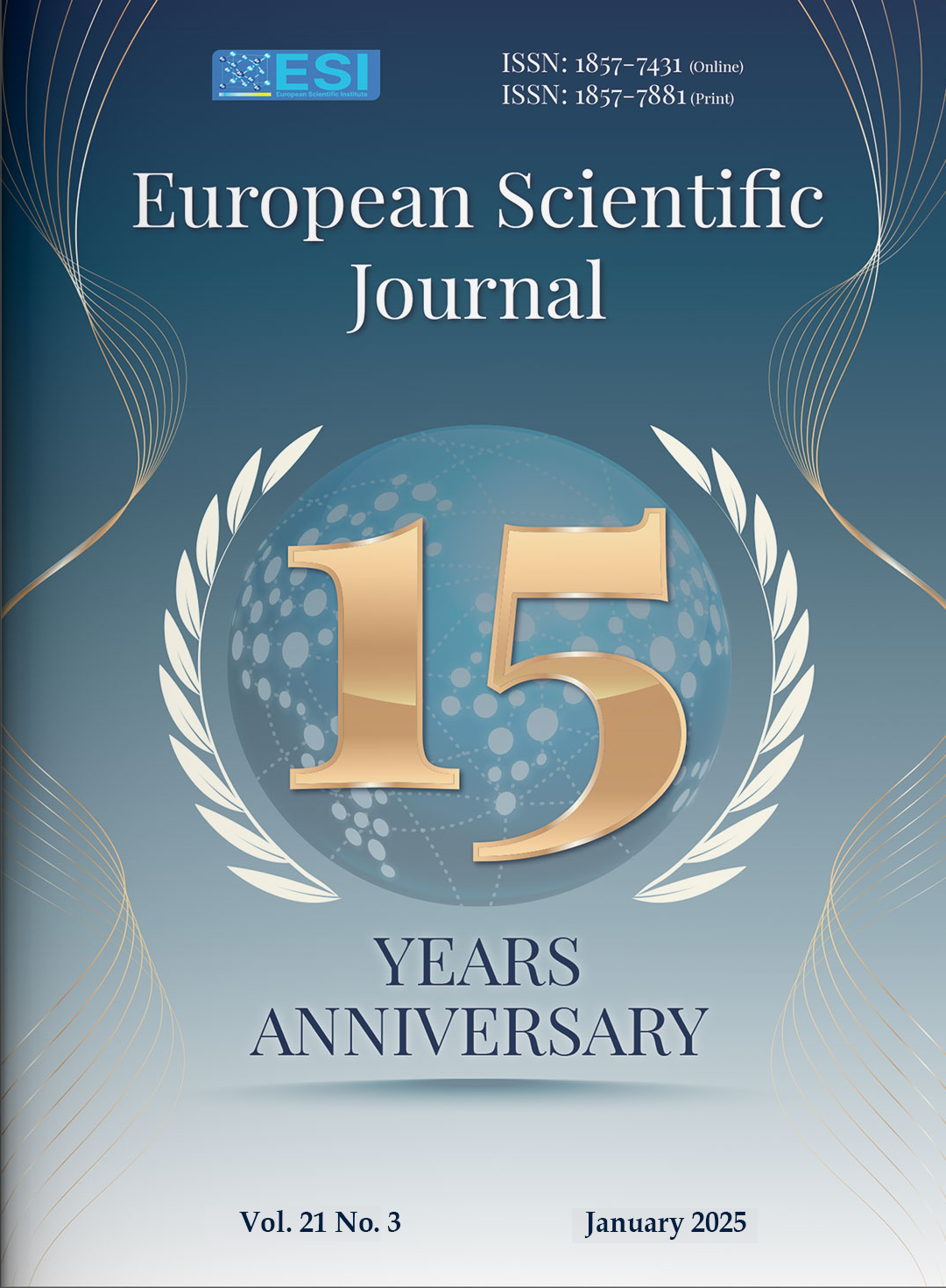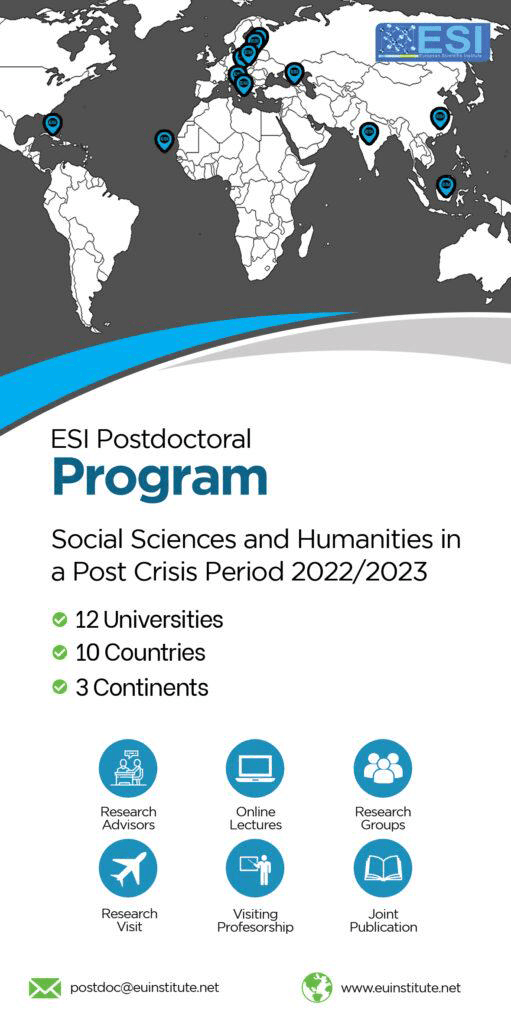InVEST-based assessment of carbon sequestration potentials and environmental dynamics in the coastal area of Lagos
Abstract
Coastal environments comprise multiple arrays of ecosystems, including forests, mangroves, wetlands, and oceans. These ecosystems possess a unique ability to store Carbon for prolonged periods, acting as natural carbon sinks and contributing to reducing atmospheric greenhouse gas concentrations. However, despite their significance, the potential of coastal land covers and their associated land use in mitigating global warming through carbon absorption is often overlooked. This study employed the InVEST (Integrated Valuation of Ecosystem Services and Tradeoffs) model together with Intergovernmental Panel on Climate Change (IPCC) Carbon pool data to assess the carbon stock and dynamics of various land use and land cover types in the coastal environment of Lagos for 20 years. The results revealed a substantial reduction in net stored Carbon from 1.33 x 108 metric tons of Carbon in 2003 to 1.21 x 108 metric tons of Carbon in 2013, which accounts for a 6.66% decline in stored Carbon during that period. Furthermore, the total carbon stock decreased by approximately 3.5 x108 Metric tons, equating to a loss of over 300 million tons between 2013 and 2023. By identifying and measuring the carbon sequestration capacity of these varied coastal land covers, researchers can gain insight into their function in reducing global warming. These natural carbon sinks can be preserved and enhanced by conservation efforts, sustainable management practices, and policy decisions informed by this information, aiding the global fight against climate change.
Downloads
Metrics
PlumX Statistics
References
2. Bola-Popoola, A. G., Fakinle, B. S., Abosede Odunlami, O., Sonibare, J. A., & Odekanle, E. L. (2019). Investigation and quantification of carbon footprint in Lagos megacity. Cogent Engineering, 6(1), 1703470.
3. Chang, H., & Ross, A. R. (2024). Lagos, Nigeria. In Climate Change, Urbanization, and Water Resources: Towards Resilient Urban Water Resource Management (pp. 83–95). Springer.
4. Dahunsi, A. M., Bonou, F., Dada, O. A., & Baloïtcha, E. (2022). Spatio-temporal trend of past and future extreme wave climates in the Gulf of Guinea driven by climate change. Journal of Marine Science and Engineering, 10(11), 1581.
5. Das, S. C., Das, S., & Tah, J. (2022). Mangrove ecosystems and their services. In Mangroves: Biodiversity, Livelihoods and Conservation (pp. 139–152). Springer.
6. Ding, Q., Shao, H., Chen, X., & Zhang, C. (2022). Urban land conversion reduces soil organic carbon density under impervious surfaces. Global Biogeochemical Cycles, 36(10), e2021GB007293.
7. Fakinle, B. S., Odekanle, E. L., Olalekan, A. P., Ije, H. E., Oke, D. O., & Sonibare, J. A. (2020). Air pollutant emissions by anthropogenic combustion processes in Lagos, Nigeria. Cogent Engineering, 7(1), 1808285.
8. Feizizadeh, B., Darabi, S., Blaschke, T., & Lakes, T. (2022). QADI as a new method and alternative to kappa for accuracy assessment of remote sensing-based image classification.le. 22, 4506.
9. Foley, R. J., Simon, J. D., Burns, C. R., Gal-Yam, A., Hamuy, M., Kirshner, R. P., Morrell, N. I., Phillips, M. M., Shields, G. A., & Sternberg, A. (2012). Linking Type Ia supernova progenitors and their resulting explosions. The Astrophysical Journal, 752(2), 101.
10. Hamel, P., Valencia, J., Schmitt, R., Shrestha, M., Piman, T., Sharp, R. P., Francesconi, W., & Guswa, A. J. (2020). Modeling seasonal water yield for landscape management: Applications in Peru and Myanmar. Journal of Environmental Management, 270, 110792.
11. He, J., Chu, J., Liu, H., Gao, Y., & Li, B. (2016). Research advances in biogeotechnologies. Chinese Journal of Geotechnical Engineering, 38(4), 643–653.
12. Ibeabuchi, U. (2023). Mapping Carbon Storage and Sequestration in Nigeria: A REDD Policy Initiatives. Water and Environmental Sustainability, 3(3), 11–29.
13. Ikuemonisan, F. E., Ozebo, V. C., & Olatinsu, O. B. (2021). Investigating and modelling ground settlement response to groundwater dynamic variation in parts of Lagos using space-based retrievals. Solid Earth Sciences, 6(2), 95–110.
14. IPPC. (2006). 2006 IPCC guidelines for national greenhouse gas inventories. Institute for Global Environmental Strategies, Hayama, Kanagawa, Japan.
15. Iqbal, A., & Shang, Z. (2020). Wetlands as a carbon sink: Insight into the Himalayan Region. In Carbon management for promoting local livelihood in the Hindu Kush Himalayan (HKH) Region (pp. 125–144). Springer.
16. Kokaly, R. F., Clark, R. N., Swayze, G. A., Livo, K. E., Hoefen, T. M., Pearson, N. C., Wise, R. A., Benzel, W. M., Lowers, H. A., & Driscoll, R. L. (2017). Usgs spectral library version 7 data: Us geological survey data release. United States Geological Survey (USGS): Reston, VA, USA, 61.
17. Kweku, D. W., Bismark, O., Maxwell, A., Desmond, K. A., Danso, K. B., Oti-Mensah, E. A., Quachie, A. T., & Adormaa, B. B. (2018). Greenhouse effect: greenhouse gases and their impact on global warming. Journal of Scientific Research and Reports, 17(6), 1–9.
18. Le Quéré, C., Andrew, R. M., Friedlingstein, P., Sitch, S., Hauck, J., Pongratz, J., Pickers, P. A., Korsbakken, J. I., Peters, G. P., & Canadell, J. G. (2018). Global carbon budget 2018. Earth System Science Data, 10(4), 2141–2194.
19. Liping, C., Yujun, S., & Saeed, S. (2018). Monitoring and predicting land use and land cover changes using remote sensing and GIS techniques—A case study of a hilly area, Jiangle, China. PloS One, 13(7), e0200493.
20. Liu, W., Cui, L., Guo, Z., Wang, D., & Zhang, M. (2023). Wetland ecosystem health improvement from ecological conservation and restoration offset the decline from socio‐economic development. Land Degradation & Development, 34(1), 283–295.
21. Lorenz, K., & Lal, R. (2018). Carbon sequestration in agricultural ecosystems.
22. Maduekwe, M., Akpan, U., & Isihak, S. (2020). Road transport energy consumption and vehicular emissions in Lagos, Nigeria: An application of the LEAP model. Transportation Research Interdisciplinary Perspectives, 6, 100172.
23. Oguntade, S. S., Aborode, A. T., Afinjuomo, O. H., Kayode, V. A., Atanda, T. A., Amupitan, O. D., Ojajune, O. B., Ajagbe, A. B., & Omonitan, M. O. (2023). The Impact of Climate Change on the State of Carbon Footprint in Nigeria. In Climate Change Impacts on Nigeria: Environment and Sustainable Development (pp. 155–177). Springer.
24. Okeke, G. N. (2022). THE NIGERIAN PERSPECTIVE OF GLOBAL CLIMATE CHANGE: A CASE STUDY OF COASTAL AREAS OF LAGOS. Open Journal of Environmental Research (ISSN: 2734-2085), 3(2), 38–53.
25. Qu, Q., Xu, H., Ai, Z., Wang, M., Wang, G., Liu, G., Geissen, V., Ritsema, C. J., & Xue, S. (2023). Impacts of extreme weather events on terrestrial carbon and nitrogen cycling: A global meta-analysis. Environmental Pollution, 319, 120996.
26. Ramankutty, N., Evan, A. T., Monfreda, C., & Foley, J. A. (2008). Farming the planet: 1. Geographic distribution of global agricultural lands in the year 2000. Global Biogeochemical Cycles, 22(1).
27. Rogers, K., Macreadie, P. I., Kelleway, J. J., & Saintilan, N. (2019). Blue carbon in coastal landscapes: a spatial framework for assessment of stocks and additionality. Sustainability Science, 14, 453–467.
28. Sanderson, E. W., Jaiteh, M., Levy, M. A., Redford, K. H., Wannebo, A. V, & Woolmer, G. (2002). The human footprint and the last of the wild: the human footprint is a global map of human influence on the land surface, which suggests that human beings are stewards of nature, whether we like it or not. BioScience, 52(10), 891–904.
29. Soeder, D. J., & Soeder, D. J. (2021). Fossil fuels and climate change. Fracking and the Environment: A Scientific Assessment of the Environmental Risks from Hydraulic Fracturing and Fossil Fuels, 155–185.
30. Tallis, H., & Polasky, S. (2009). Mapping and valuing ecosystem services as an approach for conservation and natural‐resource management. Annals of the New York Academy of Sciences, 1162(1), 265–283.
31. Tanveer, U., Ishaq, S., & Hoang, T. G. (2024). Enhancing carbon trading mechanisms through innovative collaboration: Case studies from developing nations. Journal of Cleaner Production, 482, 144122.
32. Vitousek, P. M., Mooney, H. A., Lubchenco, J., & Melillo, J. M. (1997). Human domination of Earth’s ecosystems. Science, 277(5325), 494–499.
33. Wei, P., Chen, S., Wu, M., Deng, Y., Xu, H., Jia, Y., & Liu, F. (2021). Using the InVEST model to assess the impacts of climate and land use changes on water yield in the upstream regions of the Shule River Basin. Water, 13(9), 1250.
34. Yang, D., Qin, Y., Xu, Y., Xing, K., Chen, Y., Jia, X., Aviso, K. B., Tan, R. R., & Wang, B. (2024). Sequestration of carbon dioxide from the atmosphere in coastal ecosystems: Quantification, analysis, and planning. Sustainable Production and Consumption, 47, 413–424.
35. Yoro, K. O., & Daramola, M. O. (2020). CO2 emission sources, greenhouse gases, and the global warming effect. In Advances in carbon capture (pp. 3–28). Elsevier.
Copyright (c) 2025 T.B. Adedoja, S.A. Adegboyega, A.M. Fakpor

This work is licensed under a Creative Commons Attribution 4.0 International License.








